Priced at a truly scary US$4,250, the Leica Q looks very limited on paper. It seems like a travesty to take a gorgeous full-frame sensor and saddle it with a single, fixed 28mm lens. But the combination allows for a very compact and light design, with crazy-fast autofocus and a beautiful high-definition electronic viewfinder to go with its near-silent shutter and sumptuous optics. Yes, it costs an arm and a leg, but the Leica Q is a stellar run-and-gun street photographer's axe that delivers tack-sharp, rich and detailed images.
Leica is clearly enjoying making quirky cameras lately – and reaping the rewards from a fan base that celebrates the left of centre. Earlier this year, it released its M Monochrom, which is effectively the company's full-frame M flagship with all the color information stripped out in search of the best possible black and white image. It seemed like a bizarre idea – a full frame digital that can't do color, for more than double the price of our workhorse Canon 5DIII… Huh?
But there's a well known axiom that restrictions breed creativity, and photographers loved the M Monochrom. Stripping away the bayer filter that provides color information, the Monochrom delivered a degree of sharpness, clarity and resolving power beyond what was possible by taking a color RAW and converting it to black and white. It was a sales success, to Leica's surprise as much as anyone else. And with that in mind, here's the German company's latest oddity – the Leica Q.
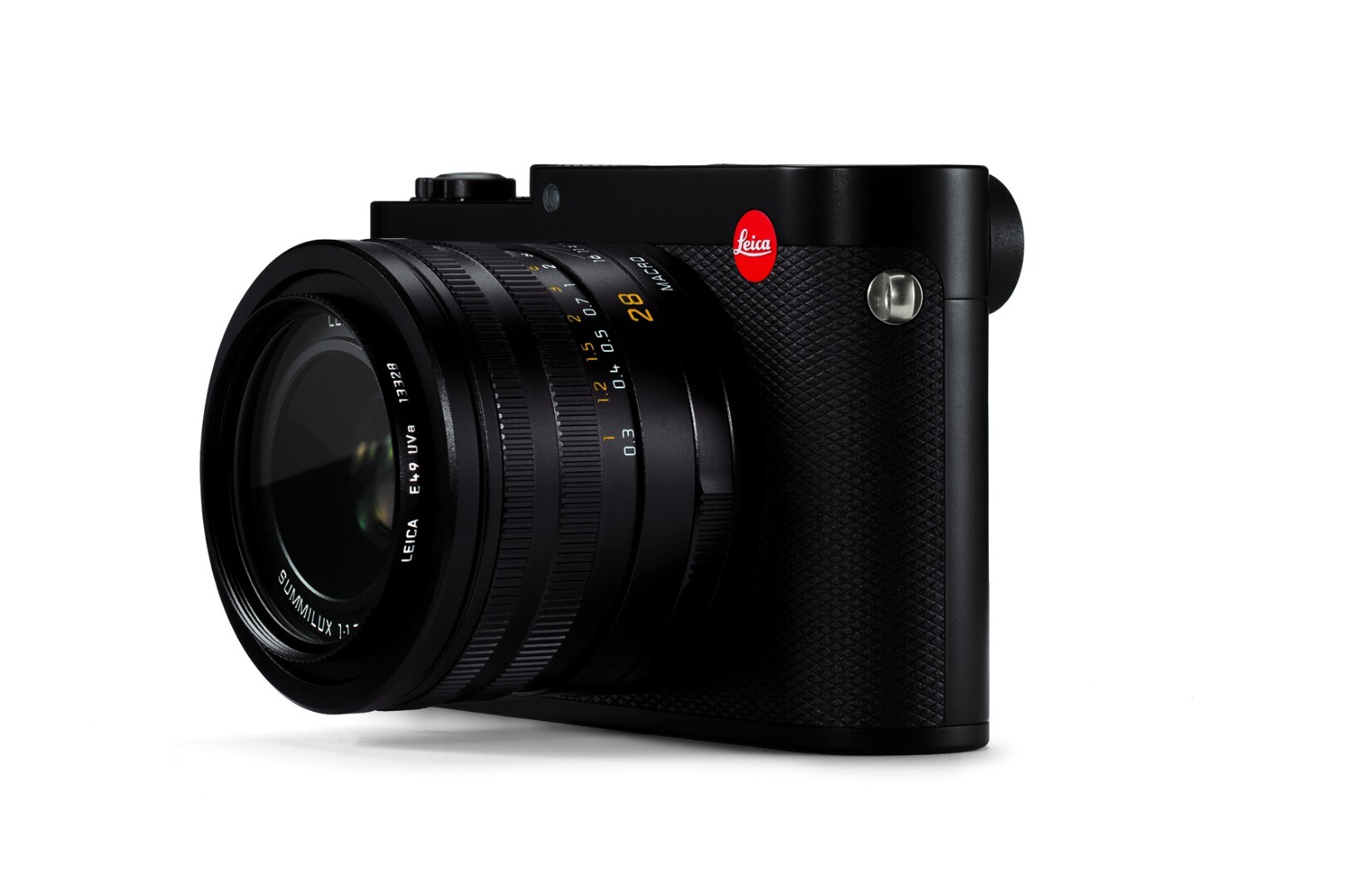
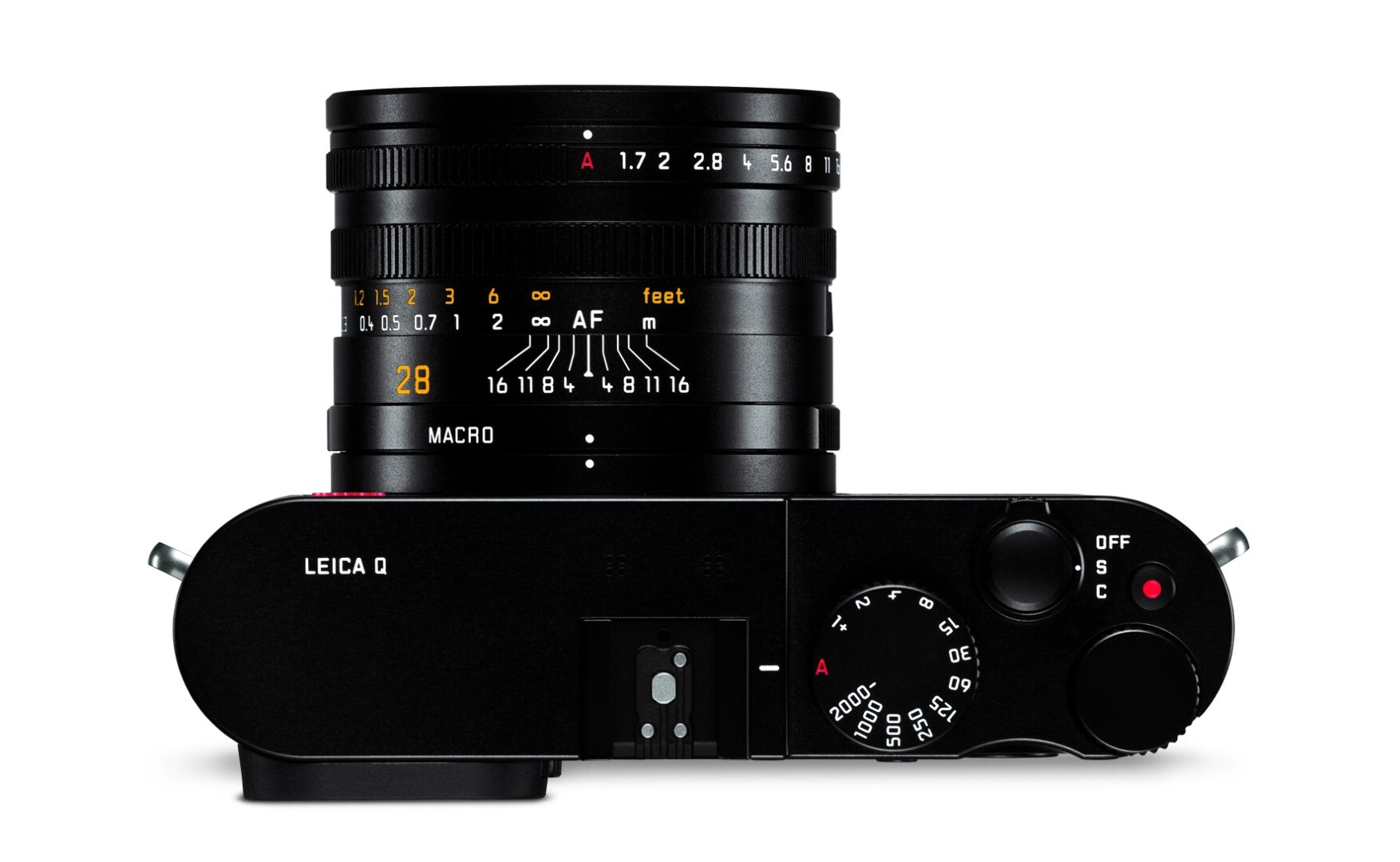
The Q marries a delicious full-frame 24-megapixel CMOS sensor with a fixed, non-interchangeable 28mm f/1.7 Summilux lens. The idea of taking a sensor that good, and letting you use exactly one lens with it … it's a bit jarring. So what's the benefit?
Well, firstly, the camera is tiny. Significantly smaller than the Leica M, although a fair bit bigger and nearly 200 grams heavier than the 35mm Sony RX1, the only other full-frame compact on the market with a fixed lens.
Secondly, the optics are stunning. It's a known fact that due to normal manufacturing tolerances, some detachable lenses tend to be sharp on some bodies and a tiny bit soft on others. This is not an issue on the Leica Q - the cameras and lenses are permanently mated at the factory, and the whole system is tested as one. Sharpness is absolutely exemplary, there's virtually no noticeable chromatic aberration, vignetting or edge distortion. The final images are gorgeous.
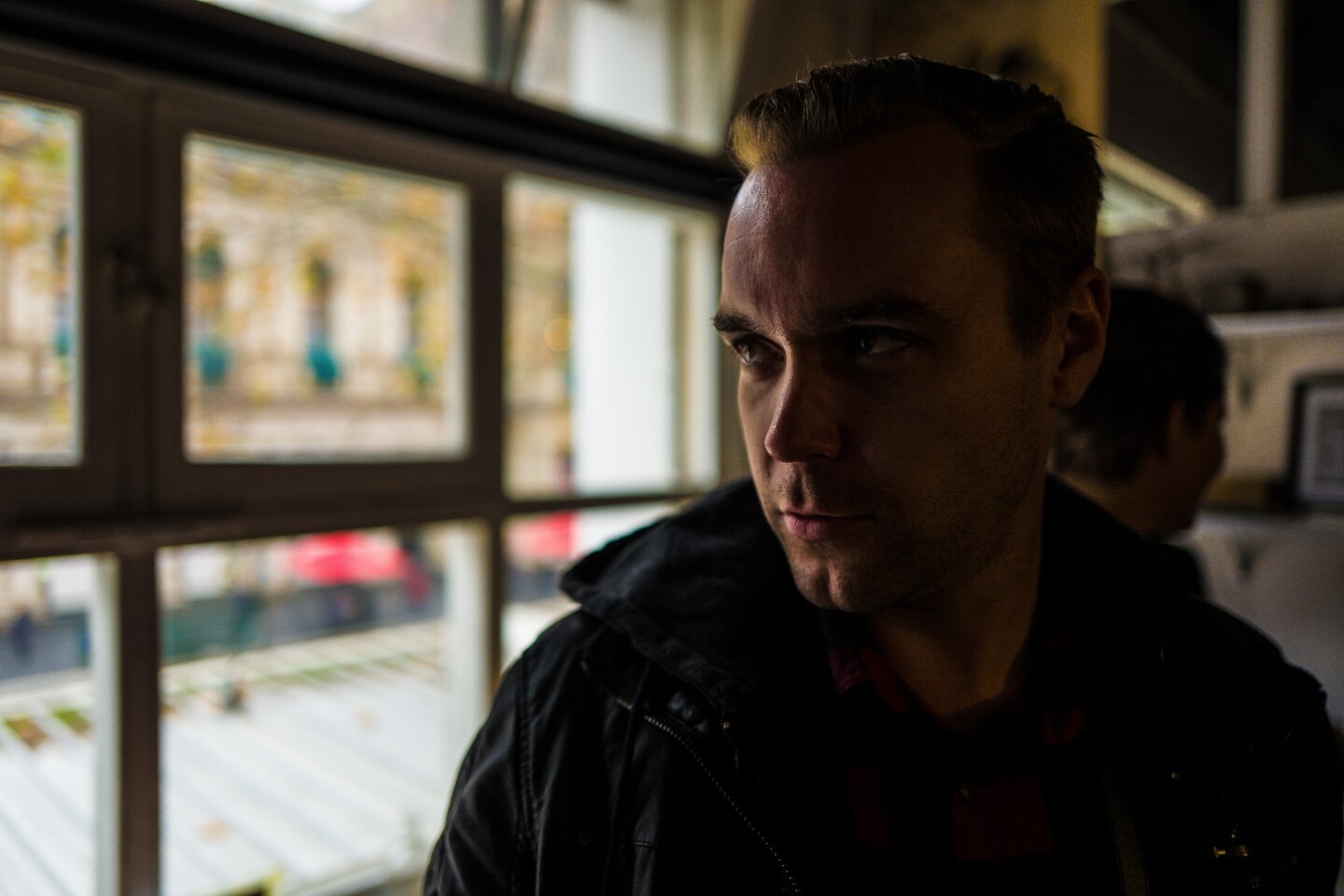
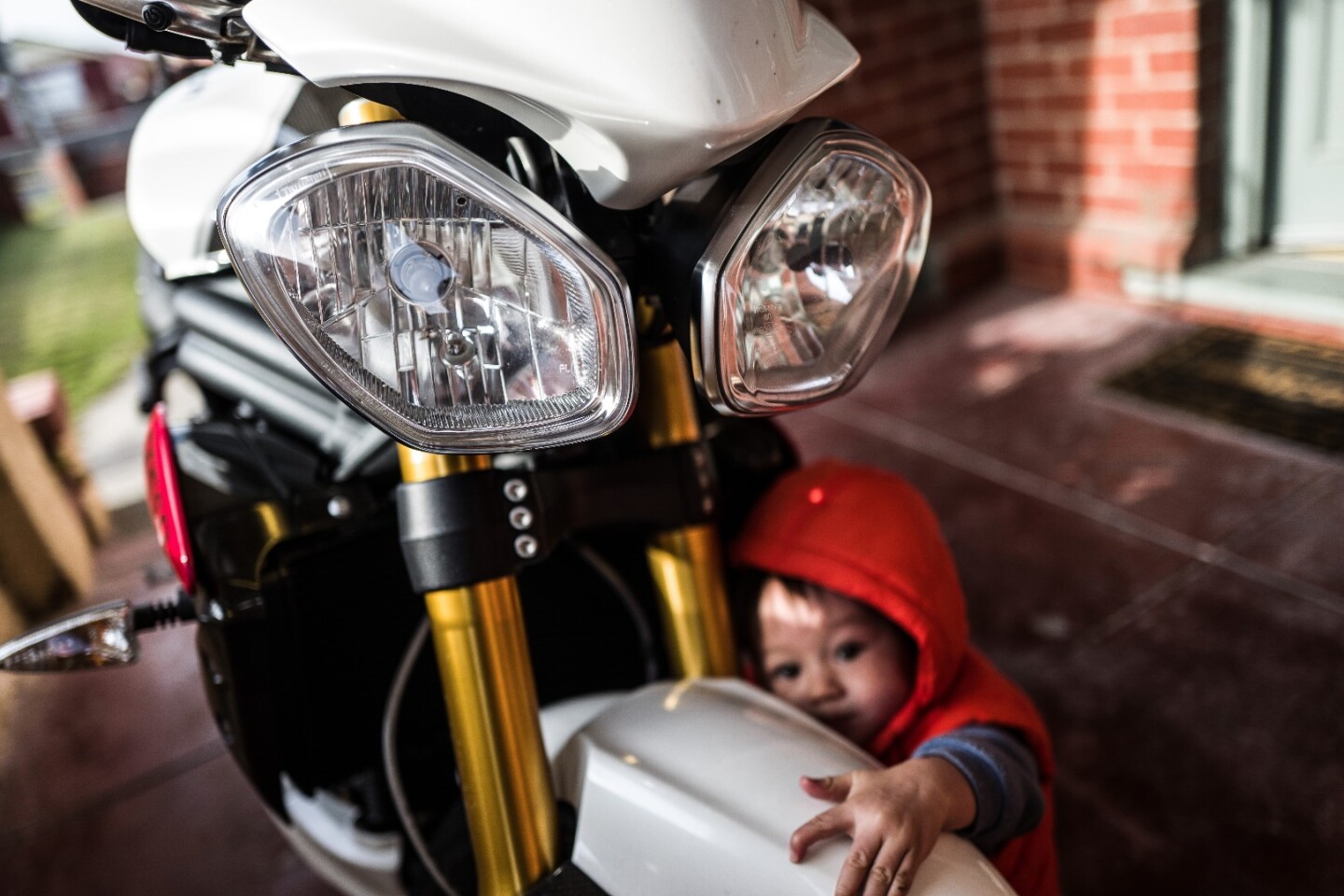
And then there's the autofocus system – no M-style rangefinder here, the Q uses a lightning-fast contrast-detect autofocus system that makes it super quick to get the camera to your eye, grab focus and fire off a shot. It's even good enough to do a decent job tracking faces in video mode at f/1.7 if things aren't moving too much.
If you're game enough to go to manual focus (by unlocking the focus ring with a small, fiddly button) you'll be assisted by focus zoom and multi-color focus peaking. I didn't use it. While multipoint autofocus makes some weird choices, single point auto is quick, clean and very, very good.
The Q makes an exceptionally good street photography camera. It's small and discreet, and you can switch it on, grab focus and shoot in less than a second if something interesting is happening. The shutter is so quiet that you can pop off a shot at arm's length from your subject in a busy situation and they're unlikely to hear it. That gives you options, as does its very quick 10 frames per second burst shot capability. The 28mm lens makes a lot of sense in the street, it encourages you to get up close in the middle of the action.
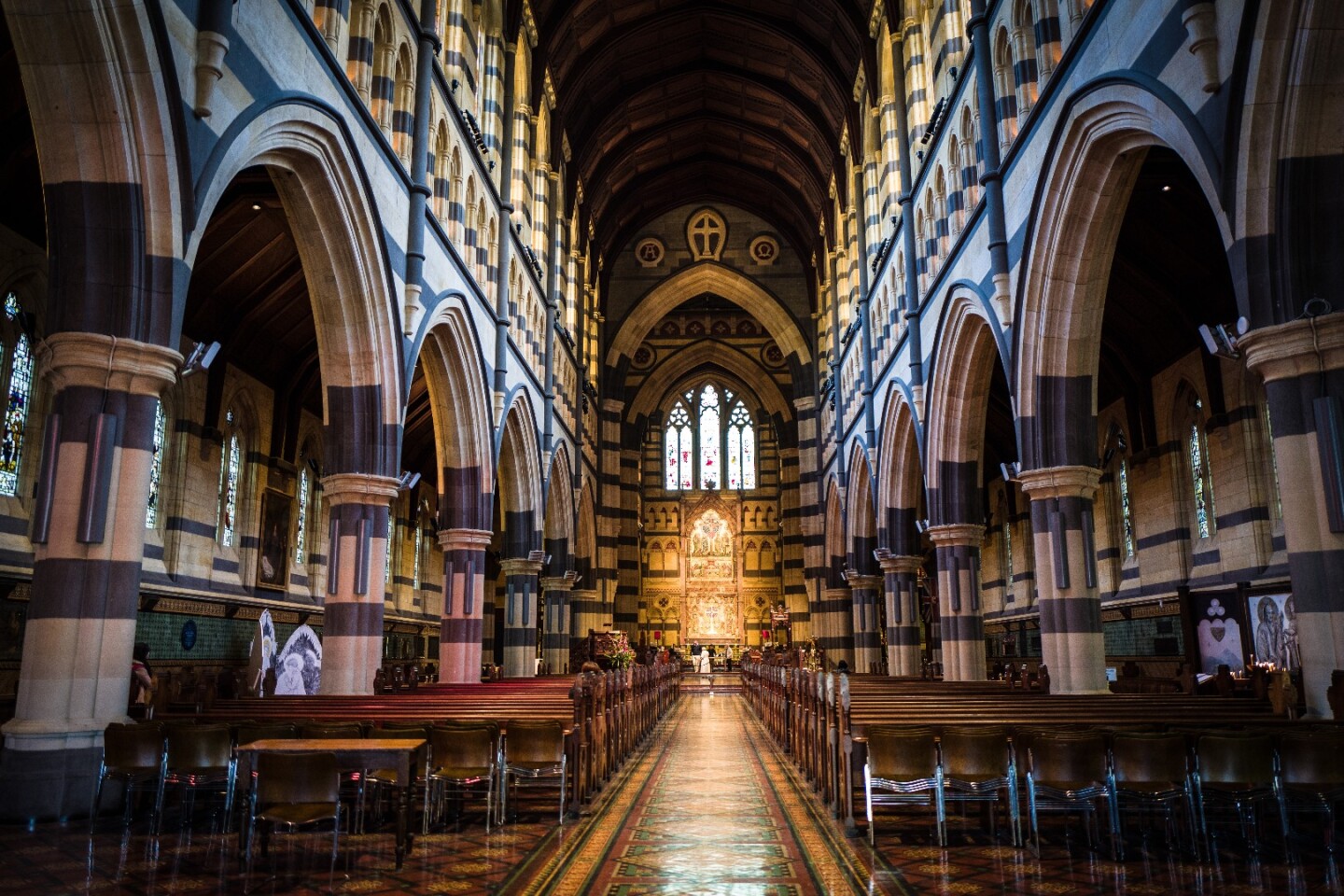

An interesting way of opening up new options with the fixed lens comes in the form of an anonymous button at the top right of the Q's touch screen. Pressing it engages a kind of virtual zoom effect – it puts a frame around your image to simulate a 35 mm or 50 mm shot on the screen and in the electronic viewfinder so you can frame things tighter. When you take the shot, the Q crops the JPG image down for you, but leaves the DNG RAW file intact, with crop information added for when you open it with Lightroom. I found it surprisingly handy. Obviously it doesn't compress distance or enhance depth of field the way a real 50 mm lens would, but it does let you compose things creatively and shoot for that tighter frame.
The latest version of Lightroom is bundled with the Leica Q, and the RAW images from this beautiful sensor sure do come alive in post processing. High ISO performance is impressive – you can confidently shoot up to ISO 12,500 without any dealbreaking levels of grainy noise.
At lower ISO, you're best off exposing to save your highlights. The Q sensor gives you a lot of latitude to pull detail and color out of shadow areas in post processing, but blown highlights don't fare as well. Luckily, being mirrorless, your exposure compensation choices are usually immediately visible through the EVF, including a histogram if you've got one enabled.

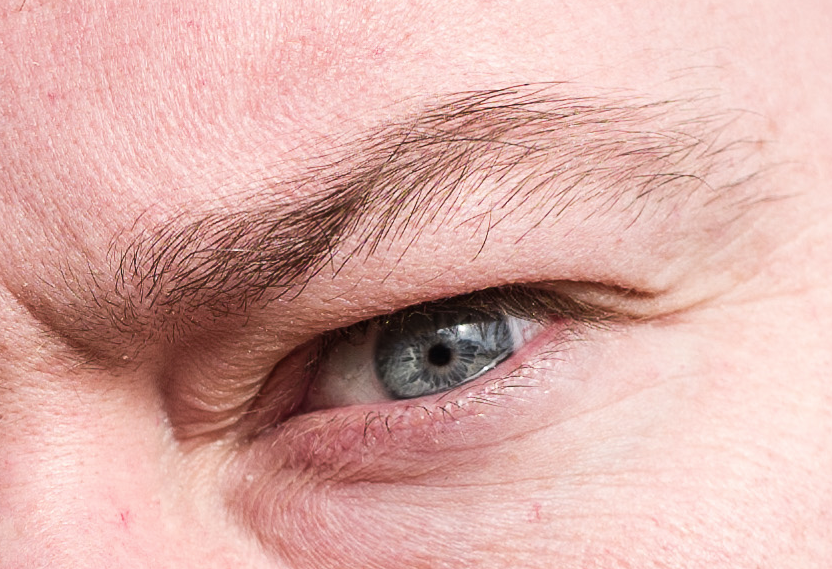
If you like shooting and sharing, as many of us do, you'll enjoy the Q's connectivity options. It pairs pretty quickly with the Leica Q smartphone/tablet app over its own built-in WiFi and NFC systems, and lets you download JPGs very quickly for sharing. The app also gives you remote control over the camera, making yet another case for its supremacy as a sneaky street photography axe.
The Leica Q takes sensational images, but it does chew through cards with its big, high res RAW files. The battery gets an absolute pounding as well, with a power-hungry 3-inch touch screen, optical image stabilizer, occasional WiFi and a lovely 3.7-megapixel electronic viewfinder fighting for power. We drained a battery in about 3 hours on our photo walk at the Q launch – mind you, that was pretty constant shooting. But you'll definitely want a second battery.
Likewise, it's a lovely camera to look at, but the ergonomics aren't fantastic. The sleek body doesn't give you much to hang onto, so even at just 640 grams it gets a bit tiring if you've got it in your hand for a few hours. The EVF is fantastic, and I greatly preferred it to the back screen, but the flat glass panel over the eyepiece does little to block out harsh sunlight. In fact, it reflects bright light back into your eye at certain angles, which is frustrating. Some kind of eye cup would be an ugly but functional upgrade here. Sony's RX1 doesn't have a built-in EVF at all, but the US$450 stick-on accessory one has a rubber cup that looks like it'll keep light out a lot better.
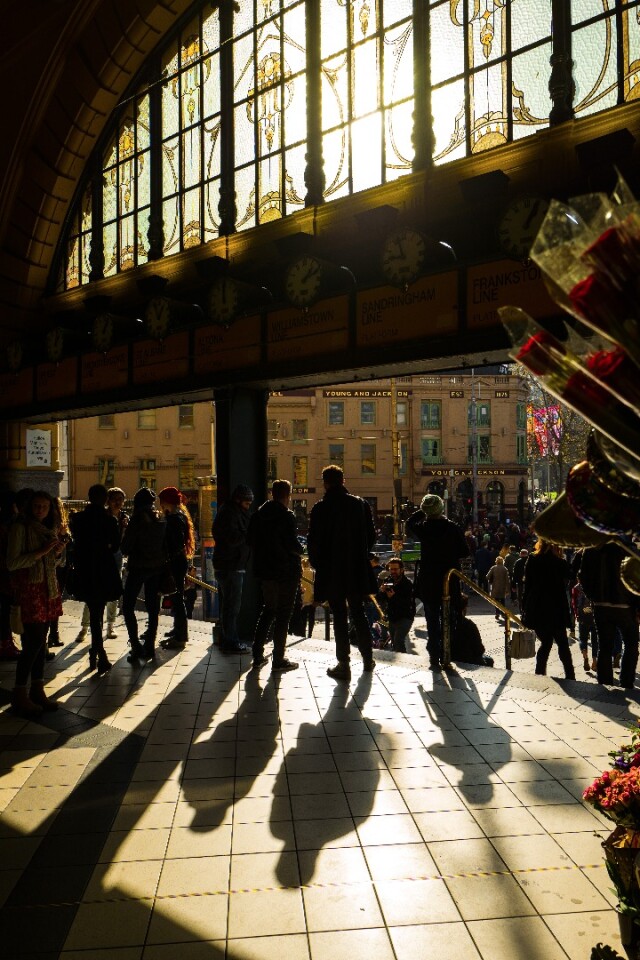
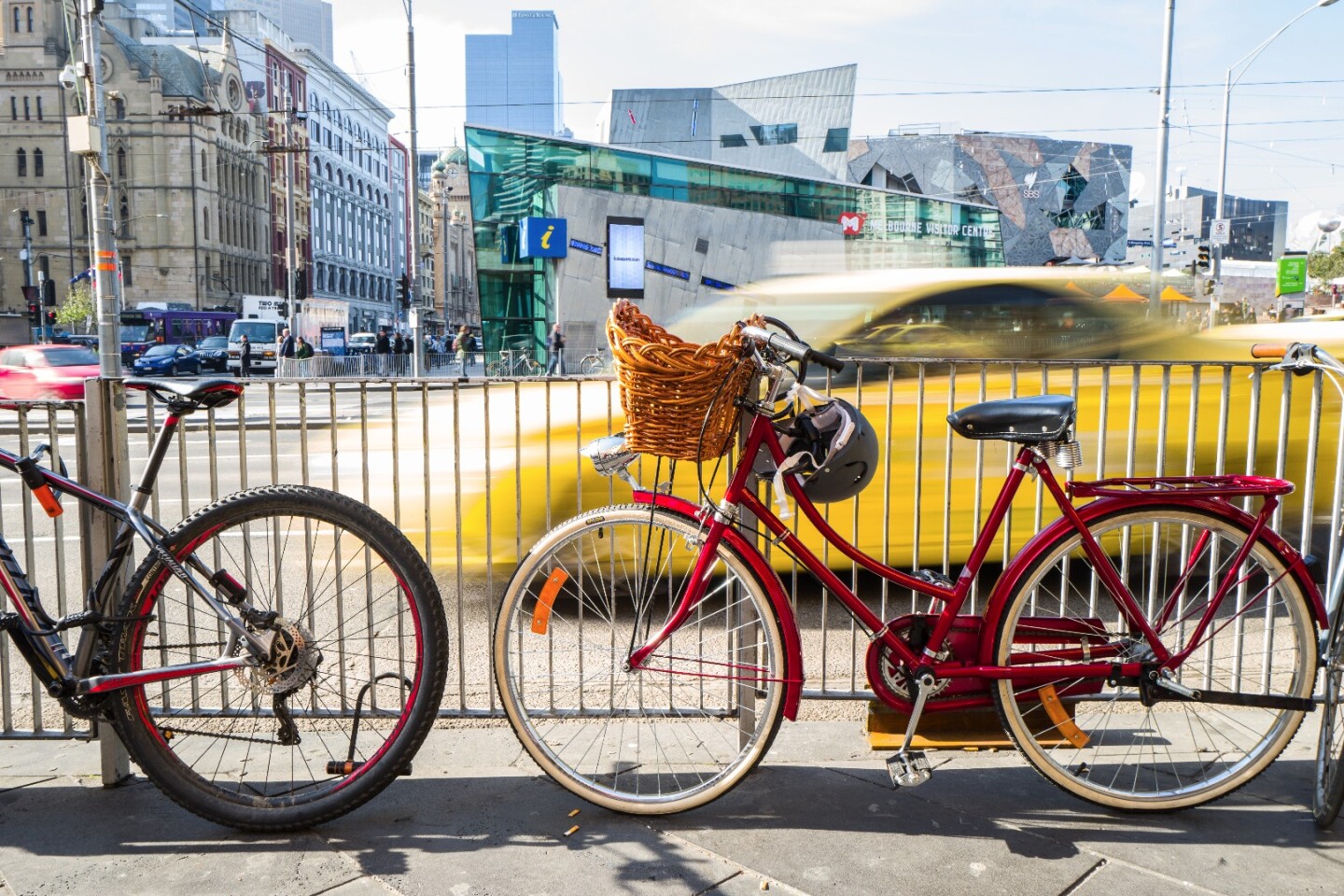
Then there's the control system, which annoyed me a bit. Choose an aperture value on the manual aperture ring, and leave ISO and shutter speed on automatic, and everything's hunky-dory. The thumb dial behind the shutter button is your exposure compensation, as you'd expect, and all is good. But if you go to an automatic aperture setting, suddenly the exposure compensation wheel does nothing. Same thing if you choose a manual shutter speed. So if you want to control your exposure, you're either in aperture priority mode, or full manual. That's not cool, it goes against the quick-draw, run-and-gun nature of the rest of the camera.
The Leica Q is going to be responsible for some stunning photographs – I've got no doubt about that. I've taken a lot of keepers in the few days I've had it, and a few shots that have absolutely dazzled me. It's certainly a limited machine with its fixed lens, but in my time with it I did feel like that restriction unlocked some creativity.


It's going to be a superb camera for a certain photographer – a street shooter who can make the most of its discreet size, portability, quiet shutter and outstanding speed, as well as the best autofocus we've seen on a Leica. Somebody who can get the most out of that beautiful sensor and sumptuous lens. But it's also going to have to be somebody with deep pockets and a love of the Leica brand, because the thing is selling for a mammoth US$4,250 (AU$5,900 in Australia).
That's US$1,450 north of the Sony RX1. Sony's full frame sensors (also used by Nikon) are arguably the best on the market, and the RX1 uses quality Zeiss glass in its 35mm f/2.0 fixed lens. Even without the Leica's touch screen or excellent built-in EVF, the RX1 is a worthy opponent capable of producing similarly stunning images at only US$2,800. Wait, did I really just write "only US$2,800" for a fixed-lens compact? This is madness. At least you're not going to be blowing thousands more building a lens collection.
There's no question that in the hand, and looking at it, the Leica Q exudes luxury levels of build quality, style and class commensurate with its premium price tag. Some of the controls are a bit odd and the ergonomics suffer in comparison to bigger cameras, but in performance terms it's a beast, and in esoteric airy-fairy terms I did find it an inspiring creative tool. If you've got the cash and the inclination to buy one, you won't be disappointed.
Product page: Leica Q





























